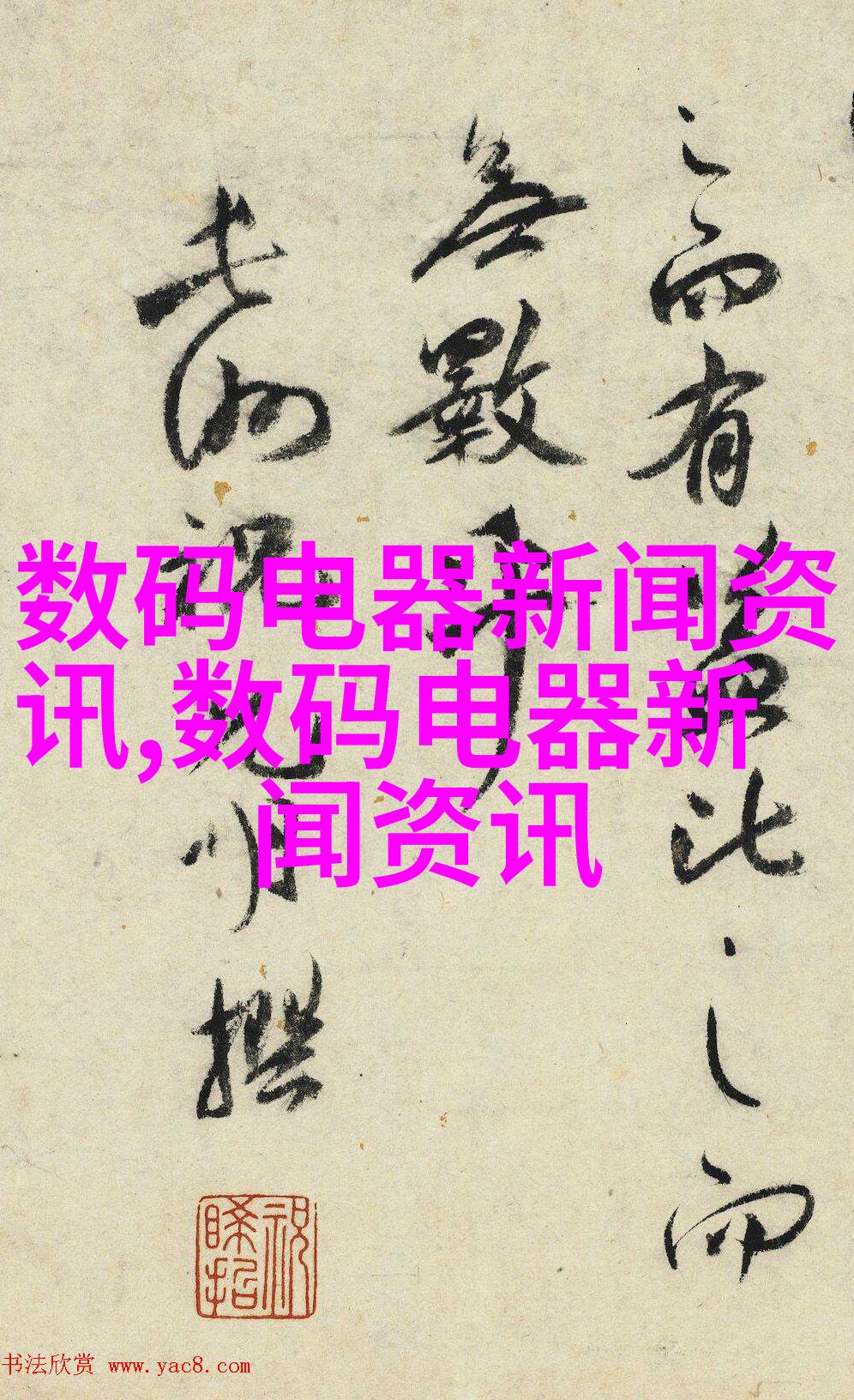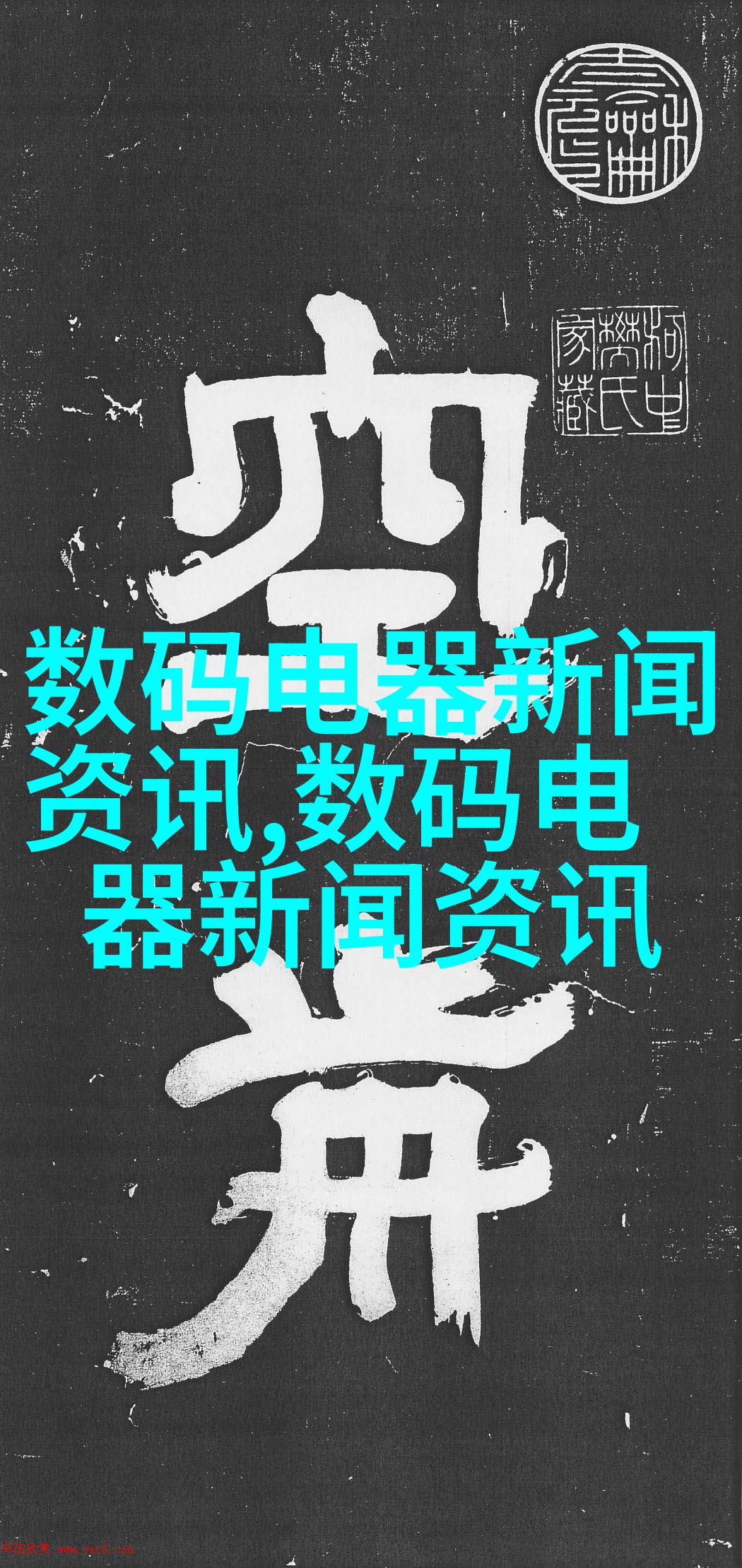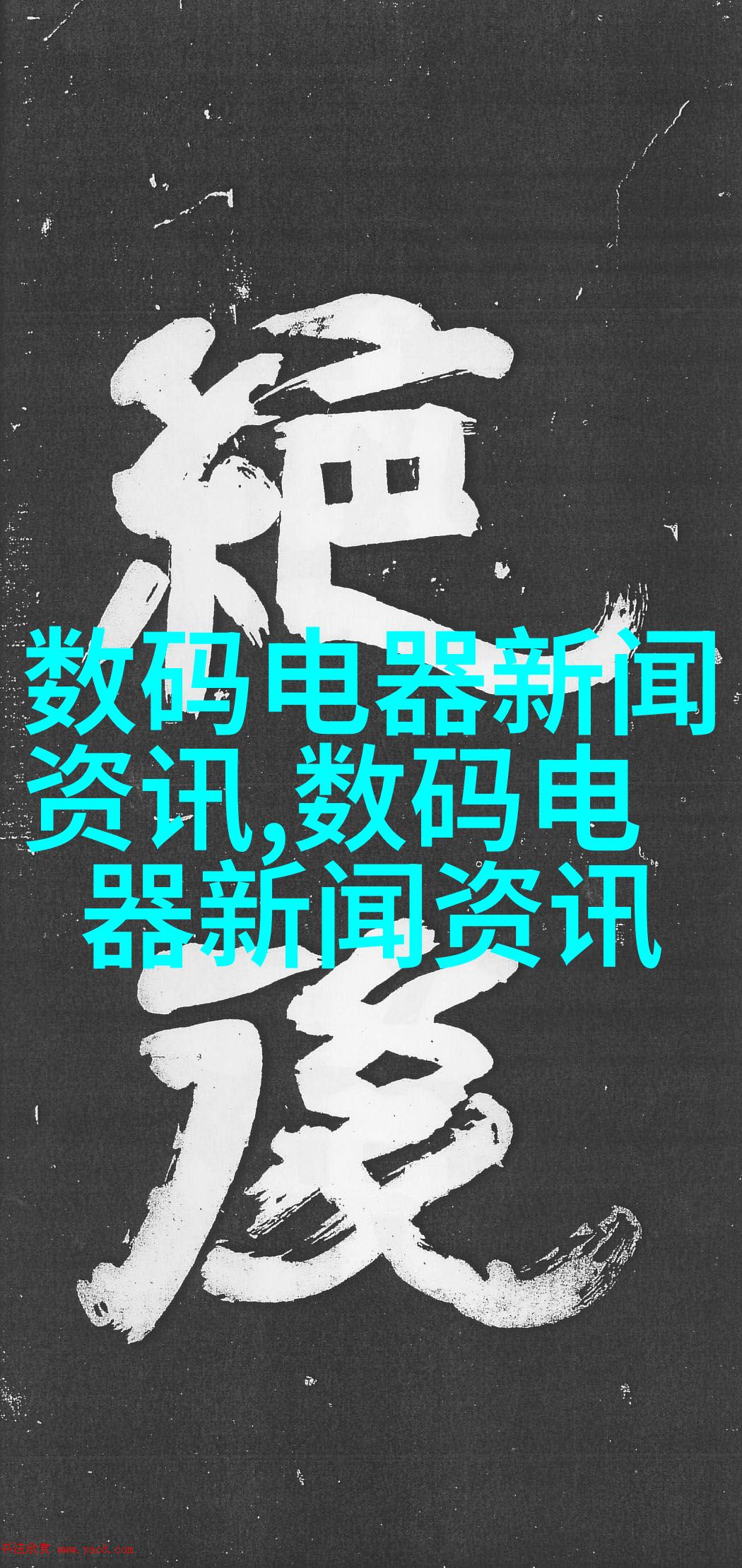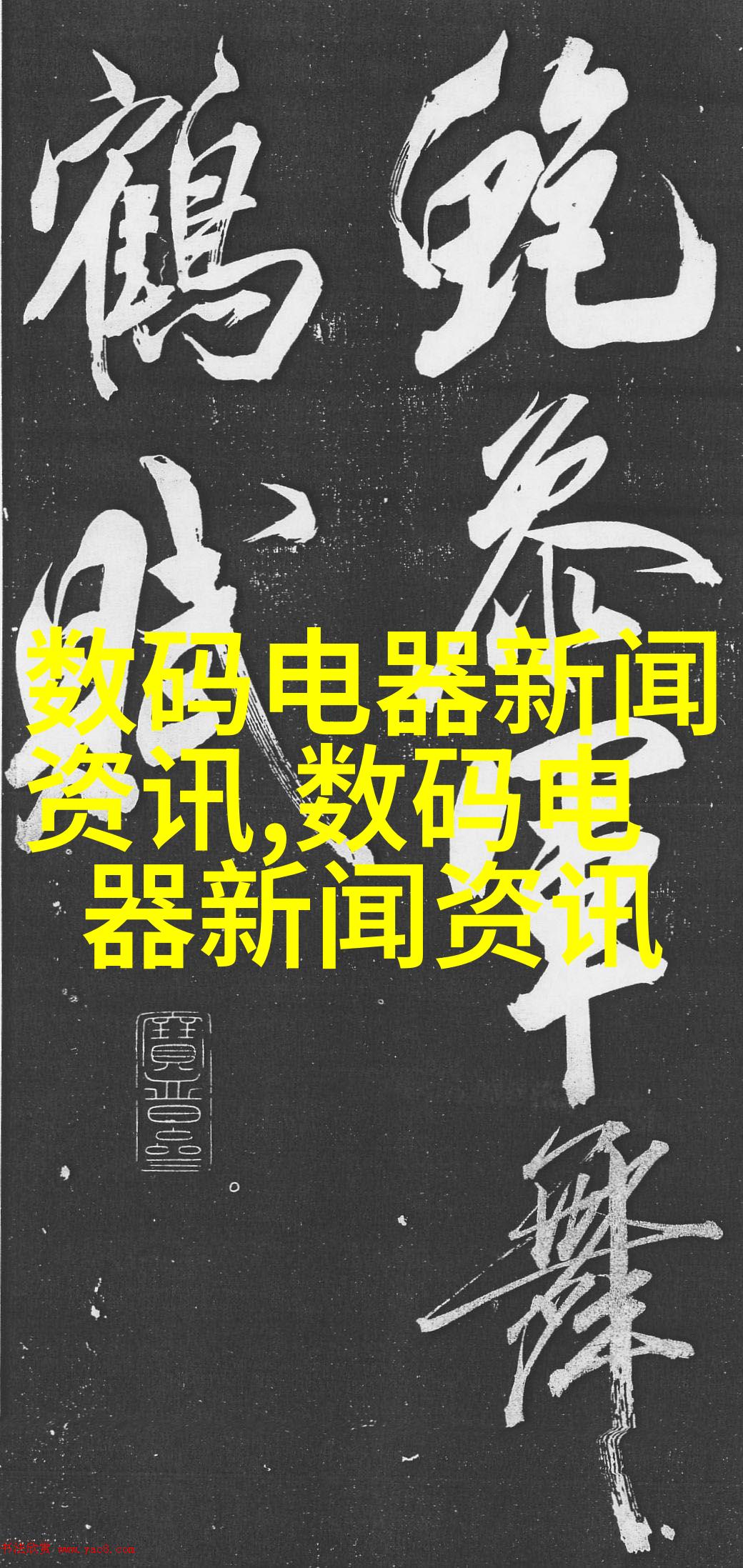
流程控制反应器装置图中的温度管理策略
流程控制:反应器装置图中的温度管理策略

在化学工艺中,温度是影响反应速率、产物选择和产品质量的关键因素。因此,在设计和操作化学反应过程时,对温度的精确控制至关重要。一个用于表示和分析这些控制措施的重要工具就是反应器装置图。在本文中,我们将探讨如何利用这种图表来实现对温度的有效管理。
1.2 引言

1.2.1 导论
在工业化时代,化学工程技术得到了迅猛发展,这为现代社会带来了诸多便利。然而,这些进步也伴随着环境污染、资源消耗等问题。本节将详细介绍当前化学工艺面临的问题,并阐述了提高效率与降低成本所需采取的一系列措施。

1.2.2 目标
本文旨在提供一种能够帮助工程师更好地理解和优化他们工作流程以及设备配置的一种方法。这包括使用响应器装置图(RVDs)来描述并且分析chemical reaction process 的不同组成部分,以及它们之间相互作用的方式。

1.3 反应器装置图概述
1.3.1 定义

反应器装置图是一种用于表示复杂工业过程中各种设备及其相互关系的地理信息系统(GIS)。它不仅包含了物理设备,还涉及到流量、压力、温度等参数。通过这些数据,可以了解整个生产线如何协同工作,以及每个环节对最终结果有何影响。
1.3.2 结构元素
一张完善的反映着所有必要信息,以便于从事该领域专业人士可以轻松地理解其结构功能的是具有以下几点特征:
输入:指的是初始材料或能源。
输出:指的是生成后的产品或废物。
处理单元:即我们要研究的地方,比如熔炼炉、催化剂包装或者其他类型的reactors。
管道系统:连接上述部件以形成连续流动路径。
4 流程控制 - 温度管理策略
4.0 温度监控与调节机制
Temperature Control Mechanisms in Chemical Reactions: An Overview
Temperature control is a critical aspect of chemical reactions, as it can significantly impact the outcome of the process, such as reaction rate and selectivity.
The following strategies are commonly employed for temperature control in chemical reactors:
Cooling systems: These include heat exchangers or cooling towers that remove excess heat from the system.
Heating systems: These involve heating elements like electrical resistances or steam coils that add heat to the system.
Insulation: Proper insulation can help maintain a stable temperature within the reactor by reducing heat loss.
Each strategy has its own advantages and disadvantages, which should be carefully considered based on specific application requirements.
Conclusion
In conclusion, understanding and optimizing chemical processes through accurate temperature management is crucial for ensuring efficient production while minimizing environmental impact and costs associated with energy consumption.
By utilizing Reactor Device Diagrams (RDDs), engineers can visualize complex industrial processes, analyze their components' interdependencies, optimize workflows, streamline operations, reduce waste generation & minimize overall resource usage levels while improving product quality at competitive pricing points across various sectors including pharmaceutical manufacturing where purity matters most; food processing where cleanliness must always come first; petrochemical refineries whose bottom line depends heavily upon cost efficiency & yield optimization techniques applied consistently throughout every step involved from raw material sourcing right down to end-product delivery – so there's no better time than now to explore these concepts further!



